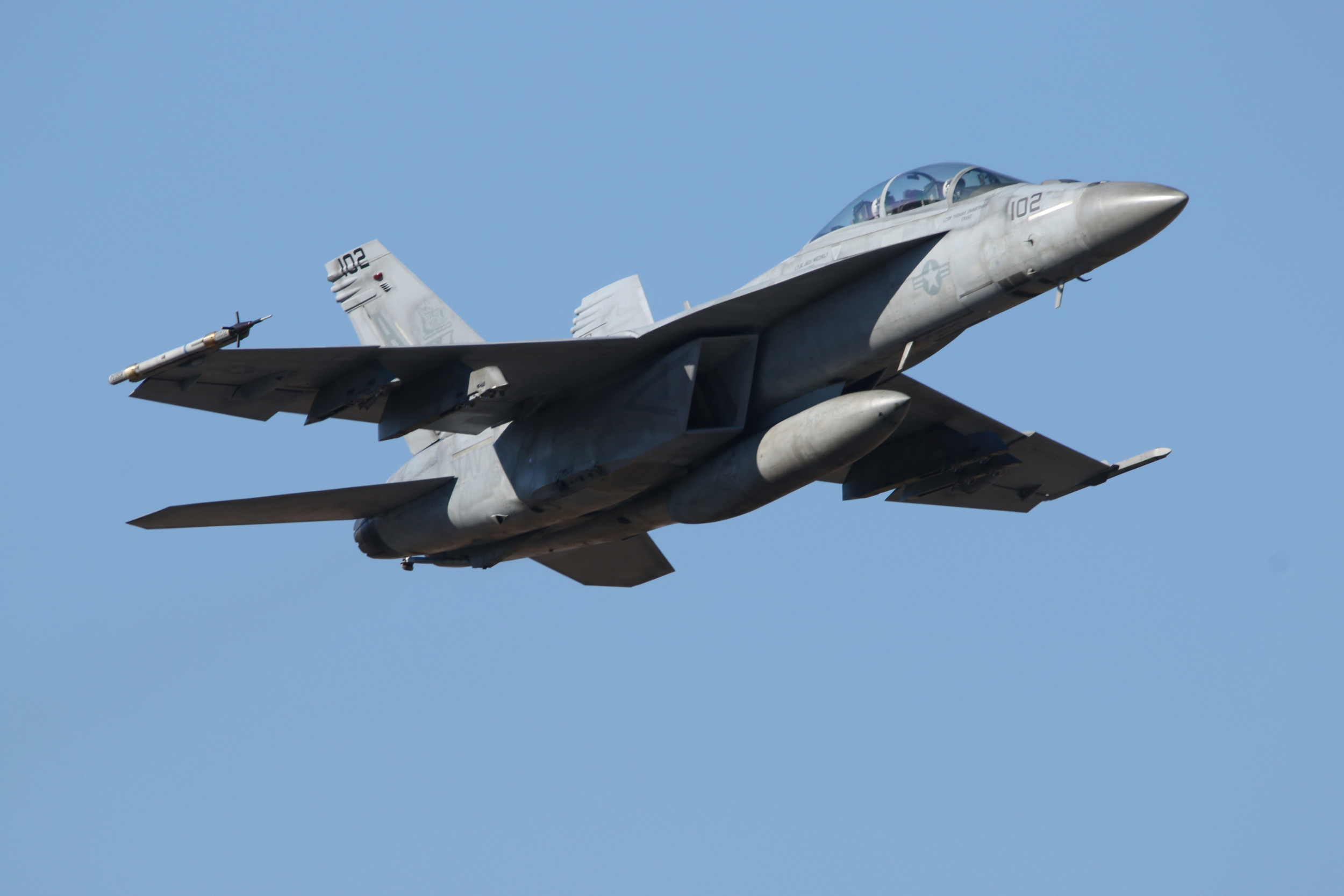U.S. War on the Houthis: Five Things to Watch

The United States has stepped up its offensive against the Iran-backed Houthis in Yemen after more than a month of airstrikes, but they have continued to show resistance.The action against the Houthis is the first major military operation ordered by President Donald Trump's second administration and therefore seen as a test of will as well as of military capabilities. The Houthis have destabilized a critical route for global shipping in the Red Sea, something the U.S. has said it seeks to defend.These are some key points to watch:U.S. Aircraft Carrier ManeuversThe U.S. lost an F/A-18E Super Hornet this week, with officials saying it fell overboard from the USS Harry S. Truman into the Red Sea. Satellite images showed the aircraft carrier making a dramatic maneuver days before that and at a time the Houthis said they were launching missile and drone attacks against it.The U.S. Navy has intensified its presence in the region, additionally deploying the USS Carl Vinson. The Houthis have claimed attacks on both aircraft carriers.Houthi Missile LaunchesThe Houthis' have continued to launch missiles at Israel with more attacks on Friday. The group's military spokesperson Yahya Saree said two hypersonic ballistic missiles were launched against the northern city of Haifa.The Israeli Defense Forces (IDF) reported two instances of sirens sounding in northern Israel as a result of projectiles launched from Yemen, with no reports of injuries. Debris from one missile interception slightly damaged a kindergarten, according to The Times of Israel.The Israeli military said it has been able to intercept most missiles fired from Yemen. The Houthis have vowed to escalate their war because of the devastating Israeli operations in Gaza against Hamas since the Palestinian Islamist group attacked Israel in October 2023.Support for the United StatesBritain joined the United States in conducting airstrikes on Houthi military targets in Yemen on Tuesday. The British Ministry of Defense said the operation was in line with a long-standing policy against the group, but it was the first time it had joined operations under Trump.Britain, Bahrain, Canada, France, Italy, the Netherlands, Norway, the Seychelles and Spain had all been part of a multinational coalition under former President Joe Biden to counter the Houthis' threat to the global shipping route. European countries later engaged in separate operations.Iran's RoleBy striking the Houthis, the U.S. also sends a message to the militia's backers in Iran and to U.S. regional allies, including Gulf states as well as Israel. Trump and his administration have threatened the Islamic Republic with "consequences" and accused it of lethal support for the Houthis.Iran denies the claims and has condemned the airstrikes in Yemen, with Supreme Leader Ayatollah Ali Khamenei saying in March that the U.S. is in a state of "panic" over growing resistance in the region.The tensions have added fuel to a fragile situation at a time of difficult nuclear talks between the U.S. and Iran and with a military buildup in the region.Ground OffensiveThe U.S. has said its military campaign has destroyed hundreds of Houthi targets and fighters in Yemen. Experts have said this could be a precursor to a ground offensive by the internationally recognized Yemen government.The U.S. has not said whether or how it would support government forces in any fight against the Houthis. Government officials have announced military readiness to take on the Houthis.U.S. Central Command's commander, Gen. Michael Erik Kurilla, recently discussed efforts to restore freedom of navigation in the Red Sea at a meeting with the chief of staff of Yemen's U.S.-recognized armed forces, during a trip to the Middle East.



















